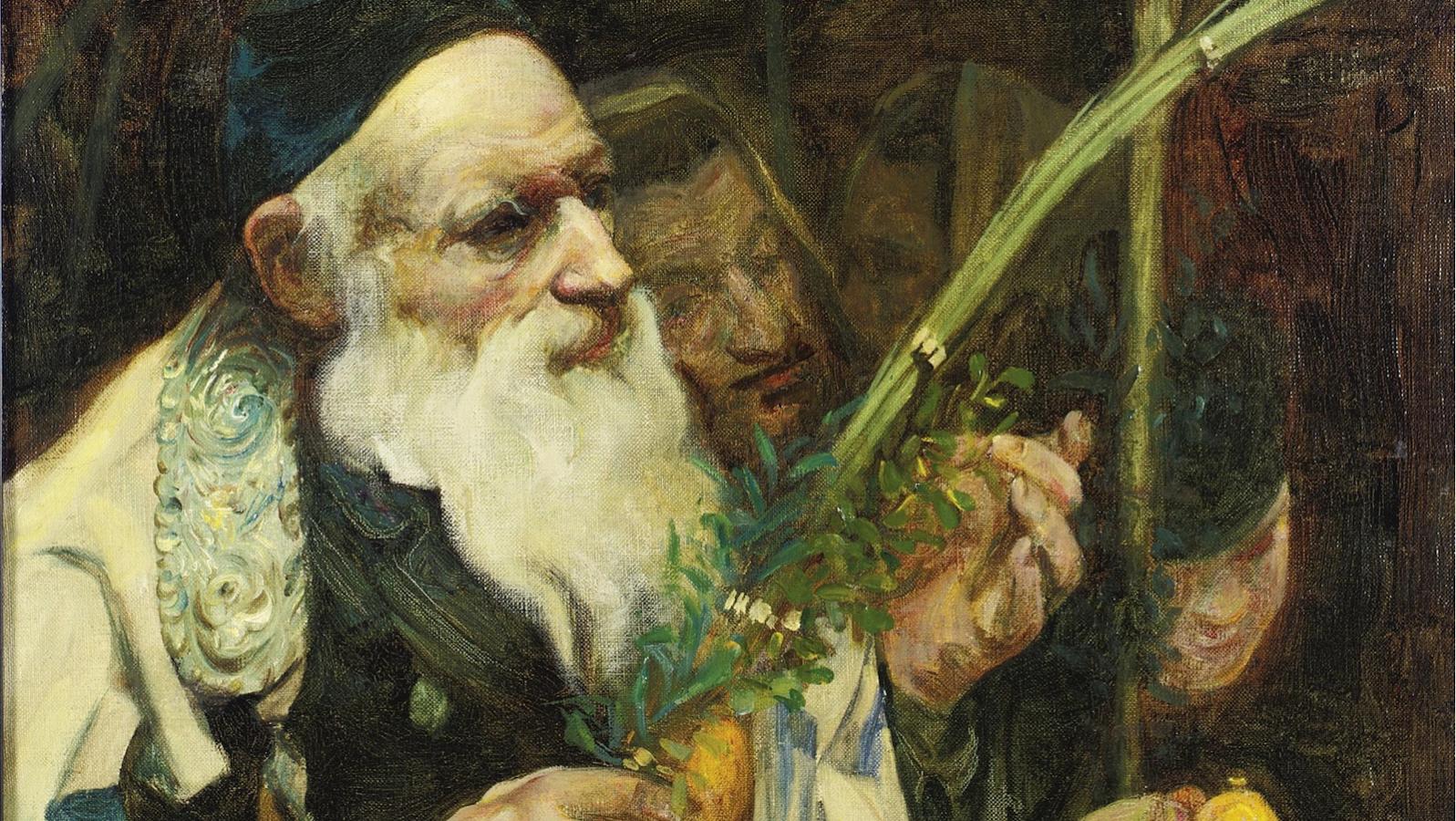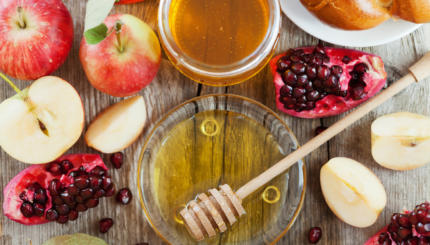The four species of are the , palm, myrtle and willow. The is the palm, but sometimes all four together are referred to as the lulav, since it is the most prominent of the four.
Four Species and the Four Letters in God’s Name
The four [species] represent the four-letter Name of God, with the lulav being the [Hebrew letter] vav, which channels the divine energy into the world and man. If for no other reason, the four must be held together while waving for the Unity of the Name.
Masculine-Feminine Symbolism
There is a masculine-feminine symbolism within the Four Species, besides that represented within God’s Name. The lulav is obviously a masculine symbol and the etrog, with the form of a breast, is obviously feminine. Since these are conduits of divine flow, it is important that they be perfect and whole. The necessity of having the pitom intact makes ultimate sense in this context (cf. Sefer Sefat Emet, the comment on Sukkot).
Each Species Alludes to God
Each of the species is a hint or allusion to God, according to a Midrash found in Leviticus Rabbah, 83:

Help us keep Jewish knowledge accessible to millions of people around the world.
Your donation to My Jewish Learning fuels endless journeys of Jewish discovery. With your help, My Jewish Learning can continue to provide nonstop opportunities for learning, connection and growth.
Etrog — because it is written (Psalms 104: 1): ‘You are clothed in glory and majesty.’ (The word translated as majesty is hadar. In the (Leviticus 23:40), the etrog is called the fruit of the goodly tree. The same Hebrew word, hadar, is used in that context to mean goodly.)
Palm — because it is written (Psalms 92:13): ‘The righteous bloom like a date palm.’
Myrtle — because it is written (Zechariah 1:8): ‘And he stood among the myrtle-trees.’
Willow — because it is written (Psalms 68:5): ‘Extol Him who rides on the clouds [aravot], the Lord is His name.’
Species as Limbs
Each of the four relates to a particular limb through which man is to serve God (cf. Sefer ha-Hinukh, #285):
Etrog refers to the heart, the place of understanding and wisdom.
Palm refers to the backbone, uprightness.
Myrtle corresponds to the eyes, enlightenment.
Willow represents the lips, the service of the lips (prayer).
Taste and Fragrance
Taste represents learning. Smell represents good deeds. The etrog has both taste and smell. The lulav has taste but not fragrance. The myrtle has smell but no taste. And the willow has neither. Each represents a different type of man. Some have both learning and good deeds; some have one without the other; and some have neither. Real community is found in their being bound together and brought under one roof.
Symbolism of Waving the Four Species
The motion and order of the wavings is highly significant.
- On a basic level there is simply the arousal of our joy, thanksgiving, and praise of God at the time of the final fruit harvest.
- The directions are symbolic of divine rule over nature.
- There is the representation of the fertility of the land and the desire for rain.
- This is also representative of our complete immersion in the holiday. On one level, we are surrounded by the sukkah. On another level, through this motion (of bringing it toward us), Sukkot enters us. The lulav becomes a conduit of peace and God’s presence from every direction; transcendence and immanence. We gather in and are gathered in.
Through all of these, the themes of Sukkot are played out and interwoven beautifully: redemption, universal peace and brotherhood, completion.
Reprinted with permission from The Jewish Catalogue: A Do-It Yourself-Kit, edited by Richard Siegel, Michael Strassfeld and Susan Strassfeld, published by the Jewish Publication Society.



